Find useful tips to baby-proof a small apartment while keeping the design you want. Our baby-proof small apartment expert guide considers safety and aesthetics, especially for new parents.
Living in a small apartment, especially with a baby on the way (or already crawling around) can be a challenge. You may wonder, how do I create a safe environment in a small space while also keeping the style that gives my space a sense of home? The good news is that one does not have to choose between safety and aesthetics when it comes to baby-proofing small apartments. This guide will provide you with some tips for being smart and stylish about baby-proofing your small space!
Knowing Your Small Space Baby-Proofing Needs
Evaluating the Danger Zones in Apartments
When letting your little one explore, it’s important to conduct a comprehensive evaluation of your entire living environment for safety, especially a small apartment. Get on your hands and knees to try and see the world through your baby’s eyes. Pay attention to the following :
- Sharp edges on coffee tables, entertainment stands, and other furniture
- In- reach electrical outlets
- Heavy furniture that can tip easily
- Small objects that might be choking hazards
- Cords and strings from blinds, electronics, or appliances
Recognizing the danger areas of your small space is the first step to developing a baby-proofing plan that utilizes your space limitations.
Timing Your Baby-Proofing Strategy
Don’t wait until your baby is mobile to start baby-proofing. Most safety experts recommend beginning the process during pregnancy or when your baby is around 4-5 months old—before they start crawling.
- 0-3 months: Focus on safe sleep environments and basic hazard removal
- 4-6 months: Address furniture, outlets, and cords as rolling begins
- 7-9 months: Complete comprehensive childproofing before crawling starts
- 10+ months: Reassess as your baby grows more mobile and curious
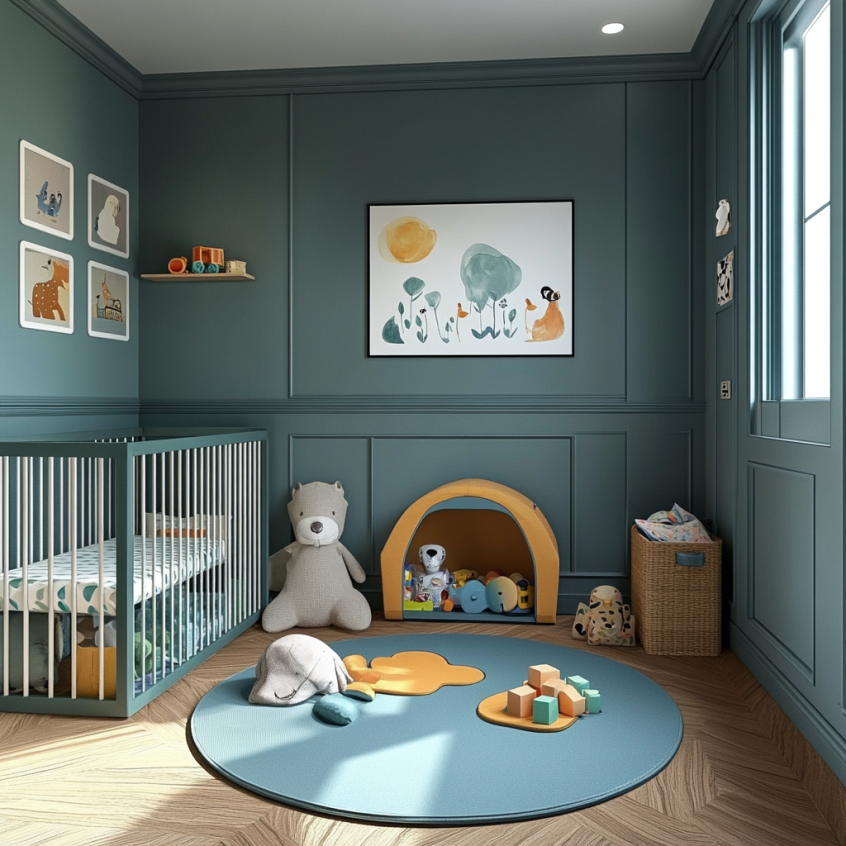
Chic Fixes for Typical Baby-proofing Problems
Furniture Safety Without The Eyesores
With space at a premium in a small apartment, space is often at a premium in your selection of furniture, which is likely also an essential element of your overall style, and that you want to keep intact while making your residency safer for the young ones.
Here are our top three strategies and tips to keep in mind while doing just that :
Corner Guards : Go for clear silicone corner guards rather than the brightly colored or patterned foam options that you find for shelving units and coffee tables.
Furniture Anchoring : Secure tall furniture to your wall using an anchor that remains hidden behind each piece of furniture. IKEA has some easy-to-use kits, but plenty of stores have kits designed for this purpose: secure your furniture, while also hiding the safety attachment mechanism from view.
Trade Off Dangerous Pieces : Trade your glass top coffee table for a storage ottoman (which can be upholstered) that has no sharp edges to deal with.
Pro Tip : Keep a lookout for furniture pieces that are rounded when making purchases as they would already be child-friendly and you won’t have to worry about adding ‘protectors’ to piece “A.”
Smart Ways to Get in Cabinets and Drawers
Kitchen and bathroom cabinets are an added challenge in small apartments where both storage and space are limited..
- Locks – Magnetic locks are silent and psychically invisible and attach to the inside of cabinets to keep your cabinetry original on the outside.
- Tension Rods – Multi-use tension rods can be placed inside cabinets to block access to cabinets that only have harmful equipment in them and be removable and harmless.
- Cabinet Handles – Cabinet handles can be changed out for more sophisticated pulls to replace knobs that are easier for little need hands to grab.
Maximizing Limited Spaces Safely
Designing safely in limited square footage
If you do not have the luxury of using actual rooms to conduct activities this is where you come into play and create safe zones :
- Portable Play yards – Choose contemporary, sharp-looking enclosures to create areas in which children can safely play that are also aesthetically pleasing.
- Room dividers – There are many options to create divisions in rooms, including folding screen doors and decorative bookshelves.
- Sofas, chairs, benches, and tables with storage – A storage bench can hold toys, while also providing seating for adults.
Designing for Window Safety
When designing small spaces that need natural light, it is important to consider safety with windows.
- Cordless Blinds : Replace corded window coverings with modern fabric or designs.
- Window Guards : Choose a guard that is in a finish that eclipse the window frame rather than standing out.
- Window Stops : An almost invisible device intended to keep windows from opening more than a few inches.
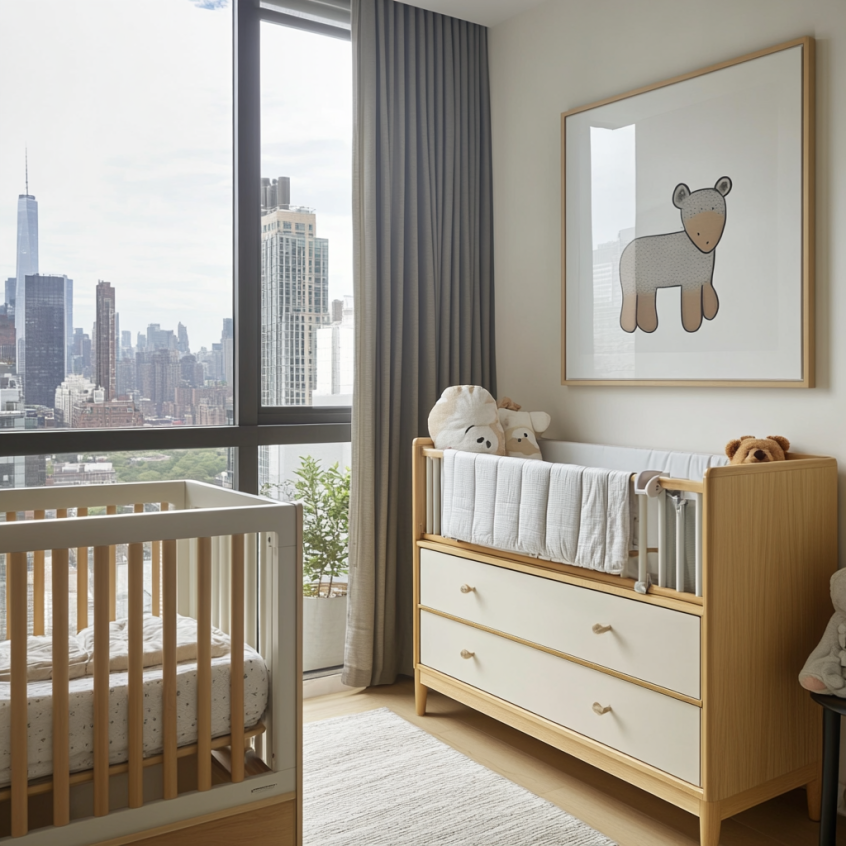
Baby-Proofing on a Budget as a Renter
Non-Damaging Solutions for a Rental Property
When you’re in a rental, baby-proofing comes with additional considerations. These solutions will help take care of your security deposit :
- Pressure-mounted gates instead of hardware-mounted gates for doorways/hallways.
- Set up your furniture to assist in blocking off unsafe areas to your child.
- Harold-focused and translucent socket covers which are easier to blend with your outlet or decor.
Note: Some safety solutions, like furniture anchors, possibly require some small holes. Please check your lease and think about discussing building safety modifications with your landlord.
Keeping Your Style
Color Coordination and Material Selections
Just because you are baby-proofing does not mean that you need resort to the bright and plastic primary colors :
- Select baby gates, outlet covers, and cabinet locks in white, clear, wood colors, or black; whatever matches your home decor.
- Select baby-proofing products made from like materials (e.g. wood, metal) to ensure visual coordination.
- Prefer child-proofing strategies that mount inside cabinets, or are behind furniture.
Conclusion
Baby-proofing a small apartment doesn’t have to mean foregoing your style or being overwhelmed by clutter. By making smart, design-savvy decisions about baby-proofing and integrating baby-proofing solutions into your current decor, you keep your apartment looking how you want it to look while keeping a safe environment for your new arrival. The ideal way to baby-proof a small apartment is to marry safety and aesthetic preferences because you and your partner will be happier and more fulfilled parents and, therefore, better at all aspects of parenting.
How to Baby-Proof a Small Apartment (Without Losing Style)
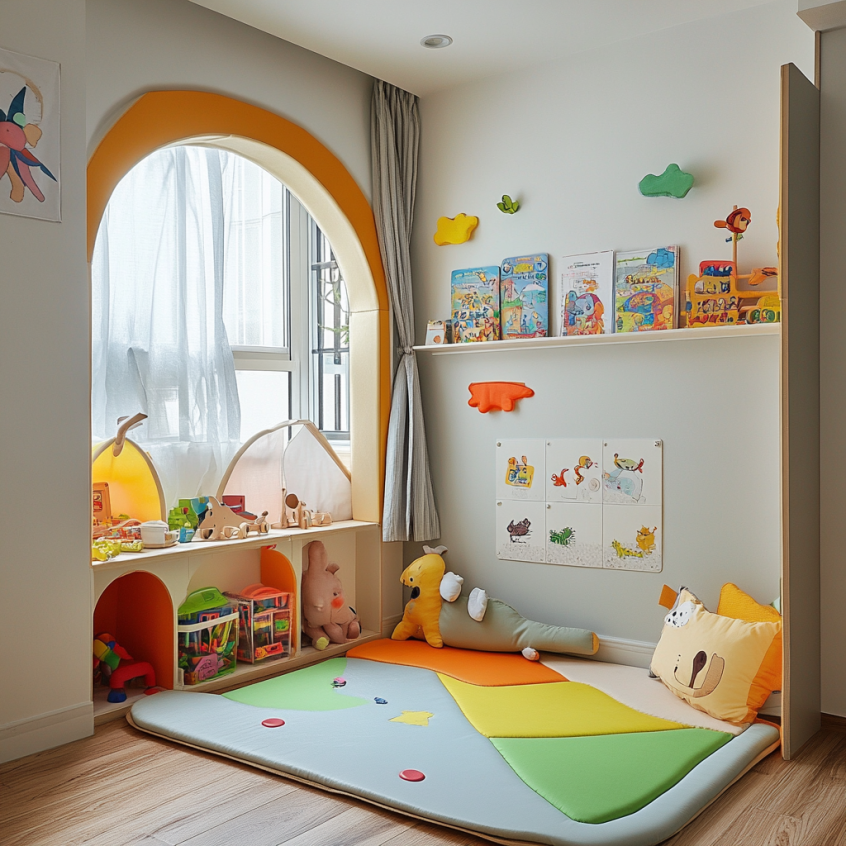
Frequently Asked Questions
When should I start baby-proofing my small apartment?
Ideally, you will want to start baby-proofing 2-3 months in advance of your baby starting to crawl (around 6-7 months). However, you should do basic safety items such as securing furniture prior to baby arriving.
What are the most important areas to baby-proof in a small apartment?
The first thing to do will want to secure your furniture so it doesn’t tip, cover electrical outlets, put cabinet locks on cabinets that contain hazardous items, and window safety with cordless blinds, or window guards.
How am I going to baby-proof my apartment without drilling holes?
You can use pressure-mounted gates, have furniture anchors that use an adhesive, temporary outlet covers, foam edge protectors with adhesive backing, and create barriers by arranging furniture in a certain way.
What is the average cost of baby-proofing a small apartment?
Basic baby-proofing for a one-bedroom apartment usually ranges from $100-300. It will depend on your product preferences, whether you prioritize quality versus aesthetic. Designer or quality safety solutions may add more cost.
How do I baby-proof open concept apartments?
Utilize play yards, room dividers, or utility in the placement of furniture to create dedicated safe zones in your open space. You’ll want to address powers on the periphery, or window dangers primarily.
Are there design-focused alternatives to traditional baby gates?
Most certainly! If you don’t love the look of a gate, you’ll find clear acrylic gates, natural wood options that coordinate with your furniture, or fabric barriers in colors and styles that complement your decor. You can check out brands like Munchkin, Qdos, and Monte Design as potential design-focused options.
How can I hide baby-proofing products in my design?
Look for products that match current hardware (cabinet pulls, outlet colors), clear or transparent and, products that are designed to be installed in a space where they are completely invisible.
What baby-proofing options are available in my kitchen cabinets that are damage-free?
Magnetic locks installed inside cabinets, adhesive strap locks, sliding cabinet locks can be successful damage-free security keeping cabinet fronts free from permanent marking.
How do I baby-proof without adding clutter of all-new products in a small space?
Choose multi-purpose items for baby-proofing products such as, ottoman storage that provides corner-free seating, and remove dangerous items instead of adding baby-proofing products clutter.
What are ways to make baby items stylishly organized when living in a small apartment?
Try decorative baskets, ottoman storage, bed storage containers, or wall shelves to have baby items neat and organized while maintaining style and retaining precious small space.
Is it necessary to baby-proof the entire apartment at once?
No—baby-proof in stages based on your baby’s development. Focus on sleep safety first, then address hazards based on mobility: rolling, crawling, pulling up, and walking.
How do I baby-proof my plants in a small apartment?
Place plants on high shelves, use hanging planters, or create a dedicated plant area behind a decorative screen or gate. Always verify that your plants aren’t toxic to children.
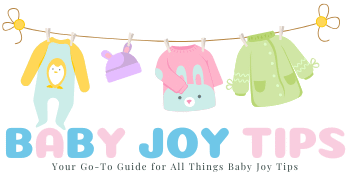
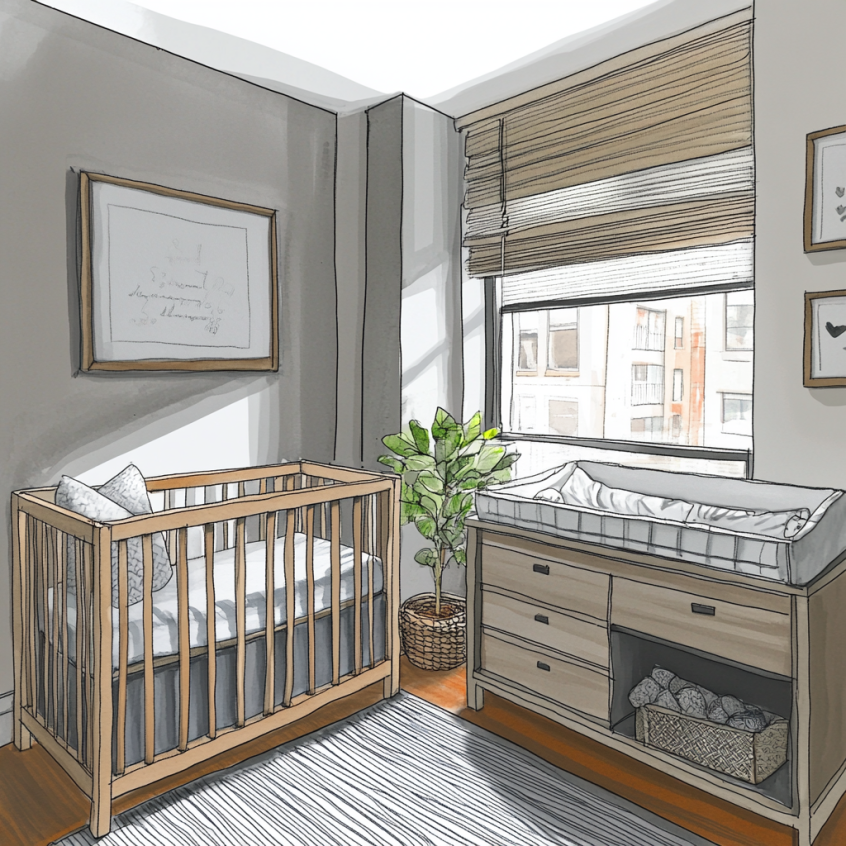
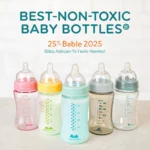
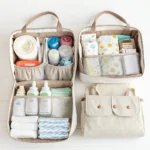
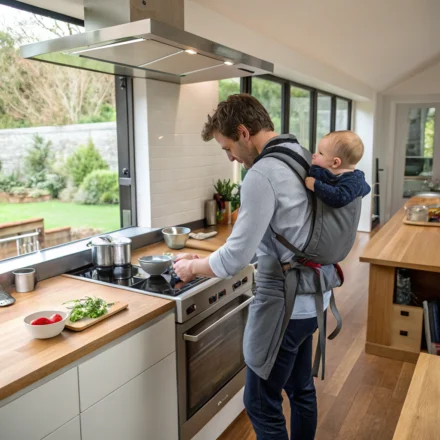
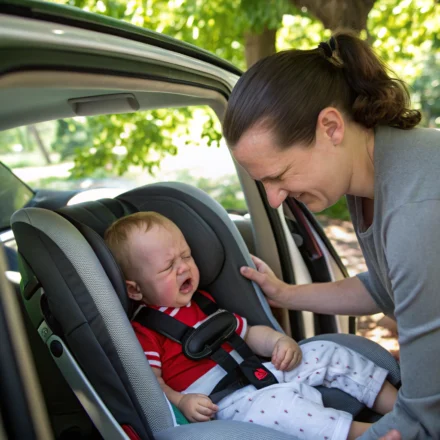
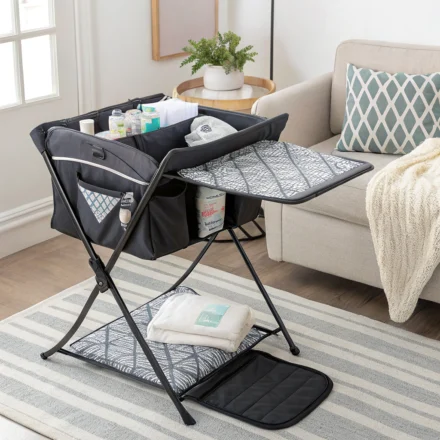

Leave a Comment